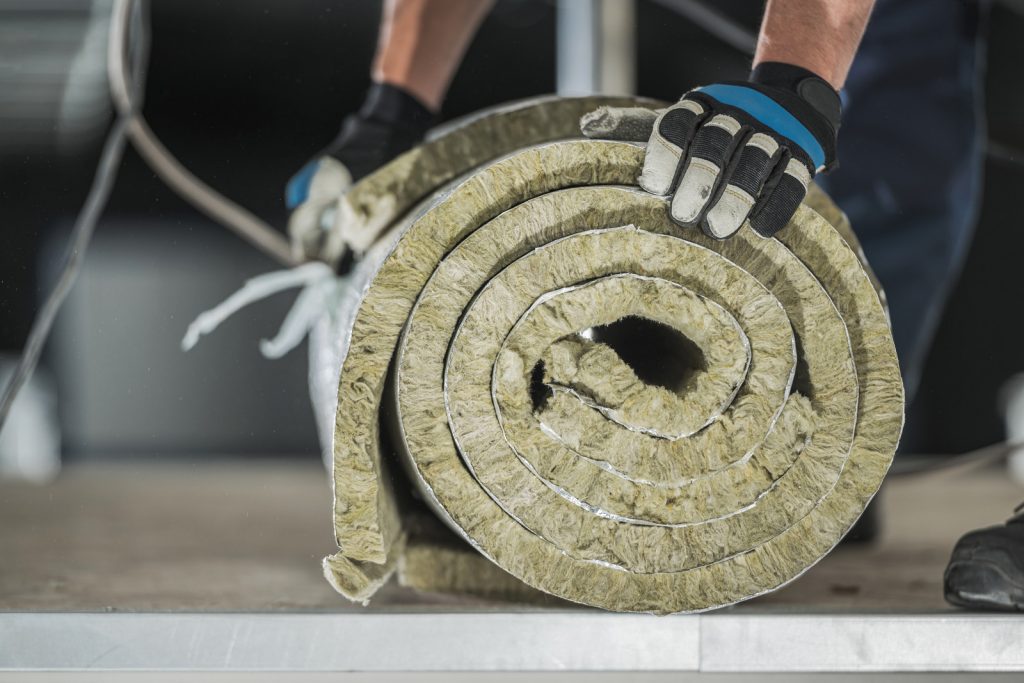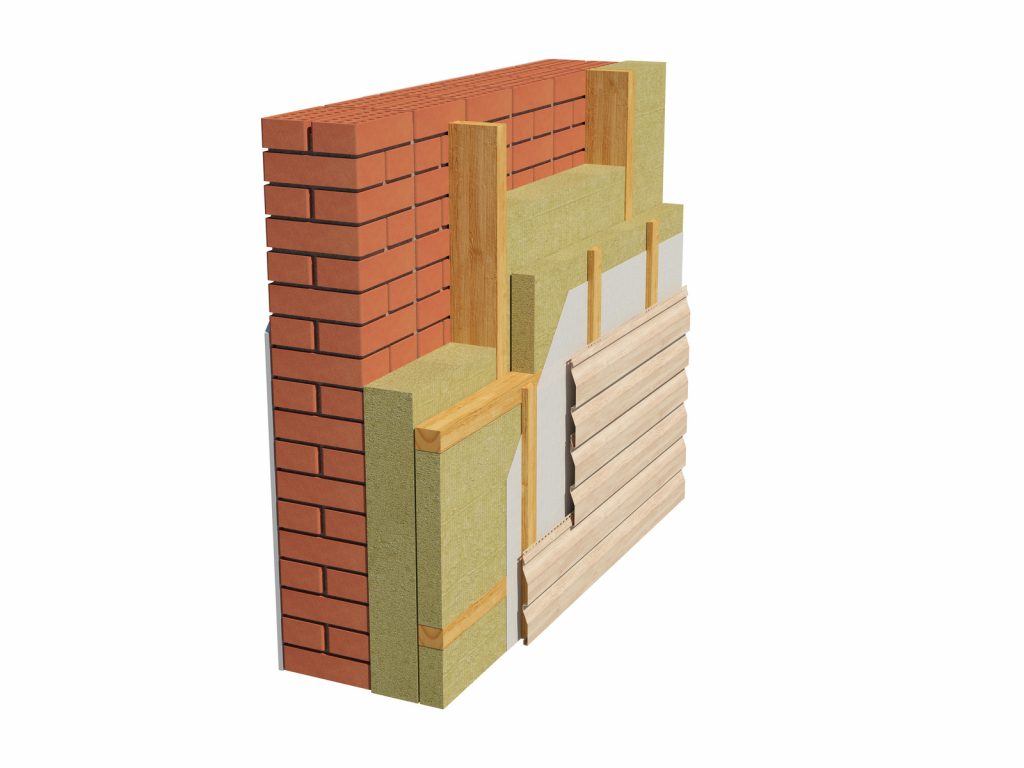Insulation is the single most cost effective way to reduce home heating costs and improve comfort. But with so many insulation options to choose from and so many places that require insulation, how do you choose what’s best for you? Here we take a look at the best insulation options.
How to claim insulation grants
You might be able to get help for energy-saving improvements to your home like loft and cavity insulation if you claim certain benefits and live in private housing. You can claim this help from energy companies.

Which energy companies offer free or subsidised insulation?
At the time of writing, EDF, E.ON, and Npower (now owned by E.ON) are the only Big Six companies that offer cheap or free insulation options. EDF offers to only its customers, while you don’t have to be E.ON’s customer to benefit. But other companies offer help so visit their website or contact them to find out how.
What insulation do energy companies offer?
Most energy suppliers offer cavity wall and loft insulation as the cost of installing these measures is cost effective compared to the savings you are likely to make on energy bills. Some companies even install them free for eligible customers on certain benefits.
Who is entitled to free insulation?
Since 2013, Energy suppliers with more than 150,000 customers have been required to offer energy efficiency measures that lead to savings on energy bills to their eligible customers -low income, fuel poor, and vulnerable. These measures include home insulation and heating. Free insulation can be offered to those on Child and Child Tax Credit, Universal Credit, Disability Living Allowance and Income support among other benefits.
Eligible Benefits for free insulation grants
- State Pension Guaranteed Credit
- Income related Employment and Support allowance
- Income based Job Seekers allowance
- Income Support
- Tax Credits (Universal, Child and Working)
- Disability Living Allowance
- Personal Independence Payment
- Attendance Allowance
- Carers Allowance
- Severe Disablement Allowance
- Industrial Injuries Disablement Benefit
- War Pensioners Mobility Supplement
- Constant Attendance Allowance
- Armed Forces Independence Payment
In order to benefit from the insulation and heating schemes, as an eligible customer, you must own your own home or have the permission of your landlord, including if your property is owned by a social housing provider or management company.
If you believe you are entitled to free insulation, contact your energy supplier to apply.
What is cavity wall insulation?
This is where insulation material such as bead or fibre cavity is ‘blown’ into the cavity or air gap between the brick walls of most homes built in the UK between 1930 and 1990. The insulation stops heat escaping from inside the house and also prevents cold air from entering through the walls.
Cavity wall insulation materials
Beads are popular because they trap heat efficiently. The beads are mostly polystyrene granules as they are cheaper than other alternatives. Fibre cavity mineral wool is made from molten glass or stone which is melted down and spun into fibres and injected into the cavity.
What is loft insulation?
With loft insulation, mineral wool is applied on the loft space floor to stop heat loss from the rest of the house. As heat rises, up to a quarter of heat is lost through the loft space.
Loft insulation materials
Mineral wool is generally used by energy suppliers as it’s lightweight and inexpensive. It comes in rolls which are simply laid down between joists and then place on top to take it to the recommended depth (usually 10cm).
This has good insulation properties and is easy to install, but can compress easily and irritate skin.
Solid wall insulation
Homes built before 1920 are likely to have solid wall construction externally without a cavity and so cannot have cavity wall insulation. But they can be insulated from either side of the wall. External insulation is cheaper and can give a face lift to the property.
Internal insulation is more expensive but may be the only choice in some cases.
Is solid wall insulation offered by energy companies?
Some utility companies still have to offer it under the Energy Company Obligation (ECO) scheme. There are some grants available for external wall insulation (EWI), but it is unlikely that they will cover the full cost of the installation.
The latest version is ECO 4 from April 2022. The main objective of ECO4 is to improve the least energy efficient housing occupied by low income and vulnerable households. The scheme will run until 2026. More details of the scheme can be found on the Gov. website.
If your energy supplier does not offer it, contact a registered solid wall insulation installer. You can find which suppliers are part of the ECO scheme by visiting Ofgem’s website.

How much does insulation cost to install?
If you aren’t able to get it free or subsidised, cavity wall insulation typically costs up to £600 to install, and can save between £85 and £280 per year on your energy bills, depending on your home. Loft insulation costs up to £400 and can save between £120 and £250 per year on heating bills.
How long does cavity wall and loft insulation last?
If installed correctly, cavity wall insulation will last throughout the life of the building. But if the walls are drilled through later for some reason, this could deteriorate the insulation material. Loft insulation will be effective for many decades if not damaged by water or compressed by weight. You may need to top it up if this is the case.
How is home insulation measured?
To put it technically, insulation is measured in R and U values. R values measure resistance to heat flow and U values measure how good a material, such as brick or windows is at preventing heat transmit from inside the home to outside.
The higher the R value, the better job that insulation is doing at resisting the heat flow. The lower the U value, the slower the heat is able to transmit through it. So, you should look and aim for a high R value and low U value.
For example, if carrying out loft insulation yourself, you will see in stores that the R value for loose fill fibreglass is around 2.5 per inch thickness. To be effective in insulating your loft, you usually need an R value of around 7, so you will need to put 3 layers of the fibreglass material on top of each other.
